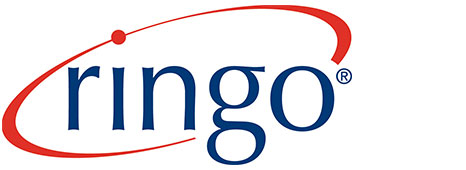Streamline Healthcare Administration with Effective Hospital Management Software

RINGO’s Vendor Neutral Management System is just what the doctor ordered.
Healthcare.org published a white paper recently outlining seven ways in which hospitals can control overhead. It’s a subject that’s clearly on the mind of every hospital administrator, given the never-ending increases in underlying costs of administering healthcare in the United States. Because labor represents between 50% and 57% of total operating revenue on average, managing labor costs is vital to the financial well-being of any hospital.
The white paper offers the following seven steps to controlling overhead:
- Tracking and classifying operating expenses
- Reducing operating expenses that don’t contribute to better care
- Applying efficiency practices from other industries
- Streamlining bureaucracy
- Making better use of IT
- Diminishing redundancies in diagnostic testing
- Engaging all staff members in the effort
If you examine these suggestions purely in the context of labor costs, RINGO’s vendor neutral management platform performs a critical function related to six out of the seven. With the exception of diminishing diagnostic testing redundancy, RINGO can assist in every metric.
“Even I was struck by how many of the boxes RINGO checked,” says RINGO CEO Keith Banks. “Our software has given managers the ability to track and control spending on temporary labor for more than 15 years. Now that the industry is outwardly seeking technology solutions to solve certain pain points, the demand for our service is more than ever.”
Some hospitals have gone “all in” on organizational change based on the above steps. The paper quotes a case study in which the Children’s Hospital at the Medical University of South Carolina engaged its staff and leadership to collaborate on cost-savings initiatives: "Many successful ideas were generated by frontline staff, managers, and physicians, to reduce waste, standardize practices, and reduce avoidable complications.” One of the most important results from this process was that the hospital was able to reduce overtime by $150,000 per year.
“We can onboard a facility in just a few weeks, complete with certain custom features, and provide savings almost instantly just by providing a clear process and complete transparency in the management of temporary labor.”
Hospitals and systems that lack the ability to undergo comprehensive and structural changes such as these still have the ability to implement transformational policies with little disruption to staff.
“We have seen it over and over again throughout the years,” says RINGO's Director of Account Management Karen Azzata. “Hospitals that are burdened with day-to-day operations and fighting shrinking margins are desperate to find ways to cut expenses without negatively impacting patient care or alienating their workforce.
"That’s the beauty of our platform,” she continues. “We can onboard a facility in just a few weeks, complete with certain custom features, and provide savings almost instantly, just by providing a clear process and complete transparency in the management of temporary labor.”
Similar to the aforementioned suggestions, Dan Michelson, CEO of healthcare IT vendor Strata Decision Technology, recently published a Becker’s Hospital Review article that summarizes key takeaways from the JP Morgan Healthcare Conference. In it, he talks about the need to measure and manage costs and margins, stating: “Everyone is looking to more effectively use the resources they have and get more operating leverage. Margin compression was a consistent theme, with many systems now moving into consistent, stable operating models around managing margins versus launching reactionary initiatives when they find a budget gap.”
With technology costs continuing to mount and the possibility that the insured population will decline, now that the individual mandate no longer exists, hospitals must continue to innovate quickly and aggressively. And because labor will continue to be the primary component of overhead, it will always be subjected to scrutiny.
“It’s hard to imagine a no-cost solution that retains your current vendors, assists the nurse manager and provides value to the CFO,” says RINGO CEO Keith Banks. “Taking control of contingent labor costs is one of the easiest and most impactful decisions a hospital can make.”
To learn more about RINGO's Vendor Neutral Management System and the benefits of its hospital management software, Fill Out This Brief Survey or Contact Us Today.



